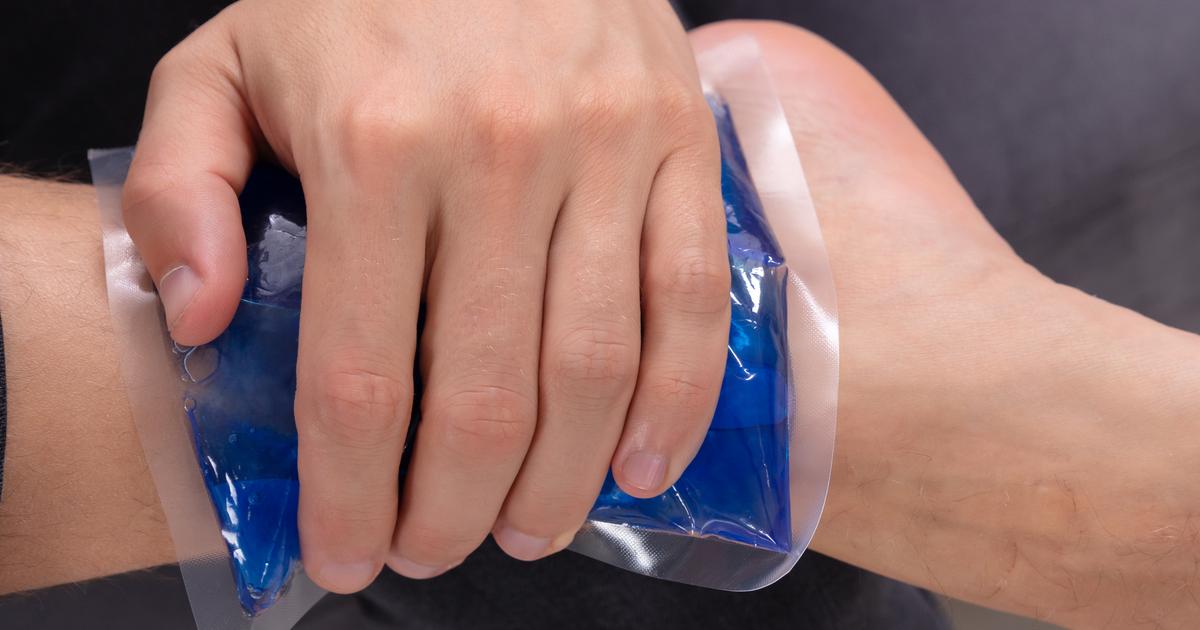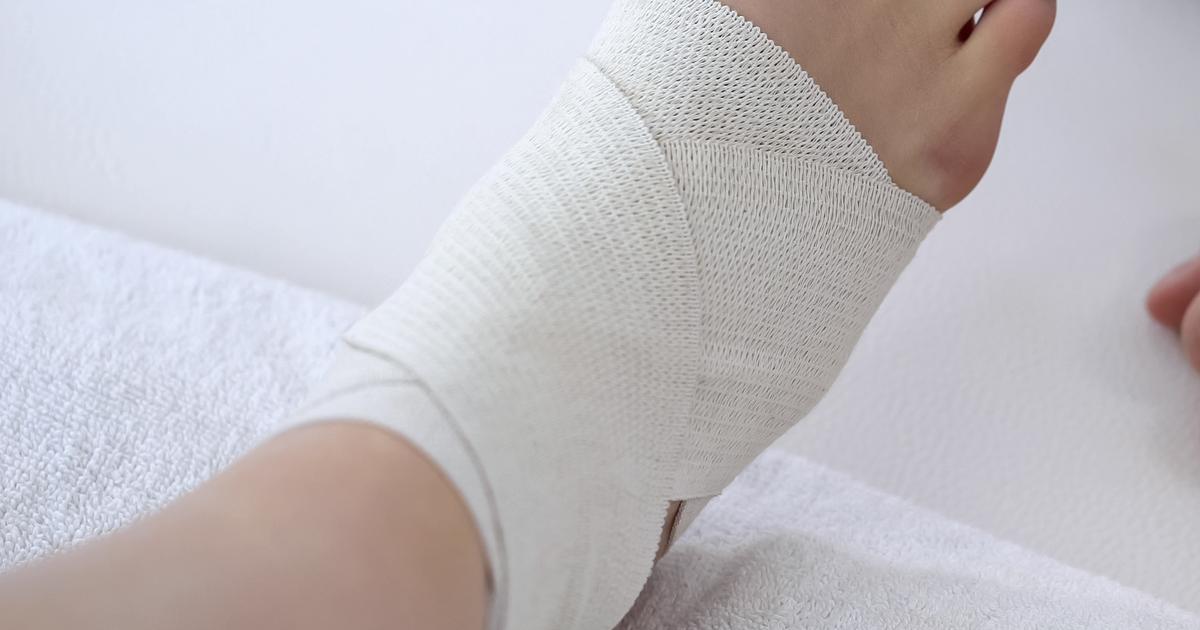How To Effectively Treat Ankle Pain
Ankle pain can refer to any discomfort or pain that affects any portion of the ankle. The ankle is the joint that attaches an individual's foot to their calf. As such, it is home to many important bones, ligaments, and tendons. The most common causes of ankle pain are sprains, which occur when the ligaments connecting the bones become injured. Of course, a broken ankle can be quite painful as well.
Patients can often have successful ankle pain treatment at home. In these cases, they often take over-the-counter medication to achieve ankle pain relief. However, some ankle pain remedies will require a doctor's visit and prescription. This may include ankle surgery or a cast for a broken ankle. Ultimately, patients should first review their treatment options for ankle pain to understand them fully.
Rest and Ice

Rest and ice are the two most common treatments used for non-serious sprains and ankle injuries. These are typically combined with compression and elevation. Patients can remember this treatment method by using the acronym RICE. Rest and ice are simple ways to take care of an ankle and manage the swelling to speed healing. When individuals rest their affected ankle, they should try to keep it elevated above their hip by resting it on a pillow or other raised surface. This helps keep blood circulating and prevents fluid from pooling in their feet. Patients should try to stay off the foot as much as possible, which means laying or sitting down when they can, and then using crutches when they have to get up. Continuing to walk around on an injured ankle can make the injury worse and slow their overall healing time.
Uncover the next method of treating ankle pain now.
Compress The Affected Ankle

The C in RICE, as mentioned, stands for compression. Individuals with ankle pain should compress the affected ankle to help keep the swelling down and manage the injury. Individuals can buy compression bandages at the average drugstore for this specific purpose. Compression bandages use elastic technology to compress the area they are wrapped around gently. This can help promote blood circulation by keeping the blood vessels narrowed. It also prevents fluid from pooling.
Compression socks may be an option if they are long enough to compress the ankle. However, these are better for patients with varicose veins and chronic pain than those with acute injuries. Individuals should compress their ankle immediately following the injury, but they should not leave it compressed for too long. Normal blood flow eventually needs to be restored to promote healing.
Continue reading to learn more about how to treat ankle pain now.
